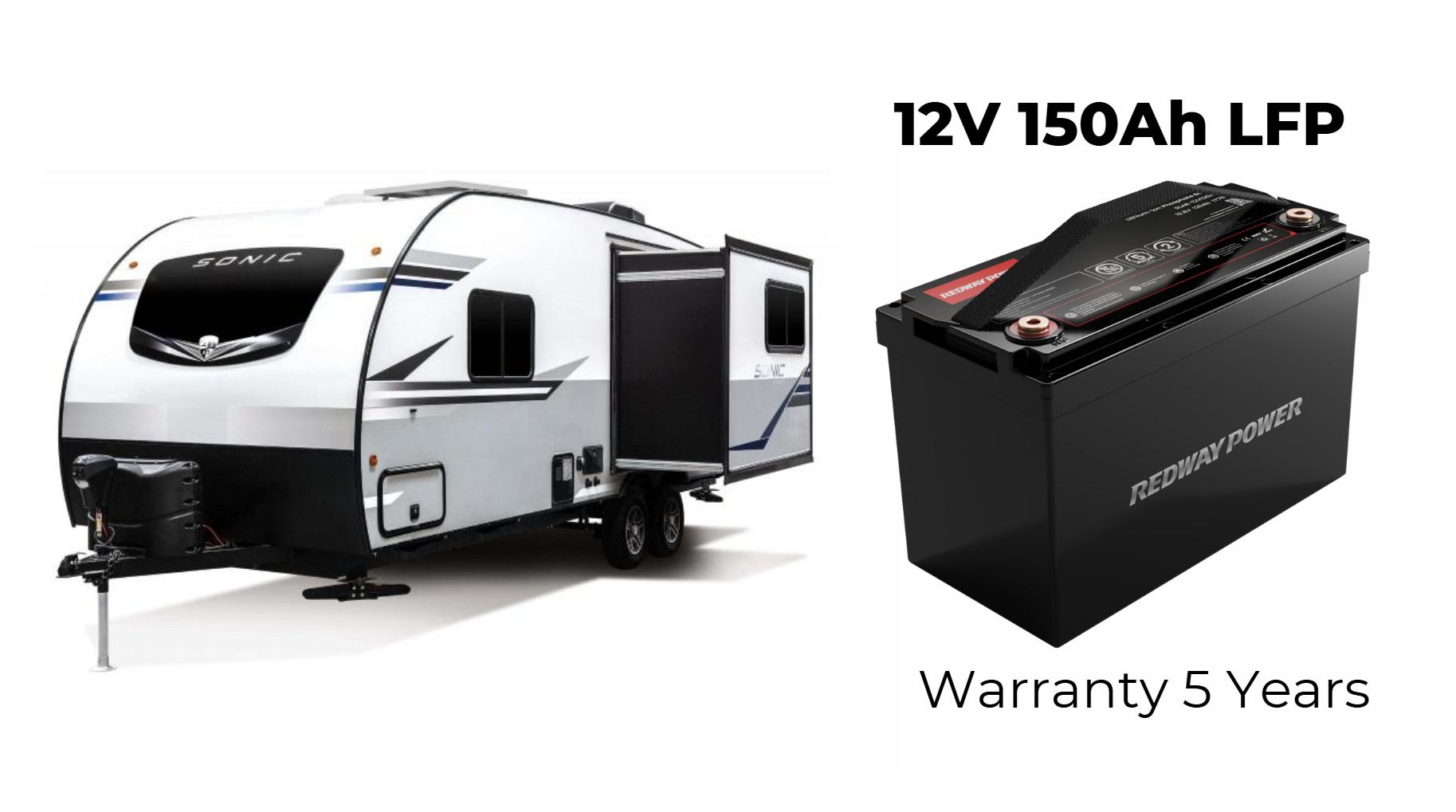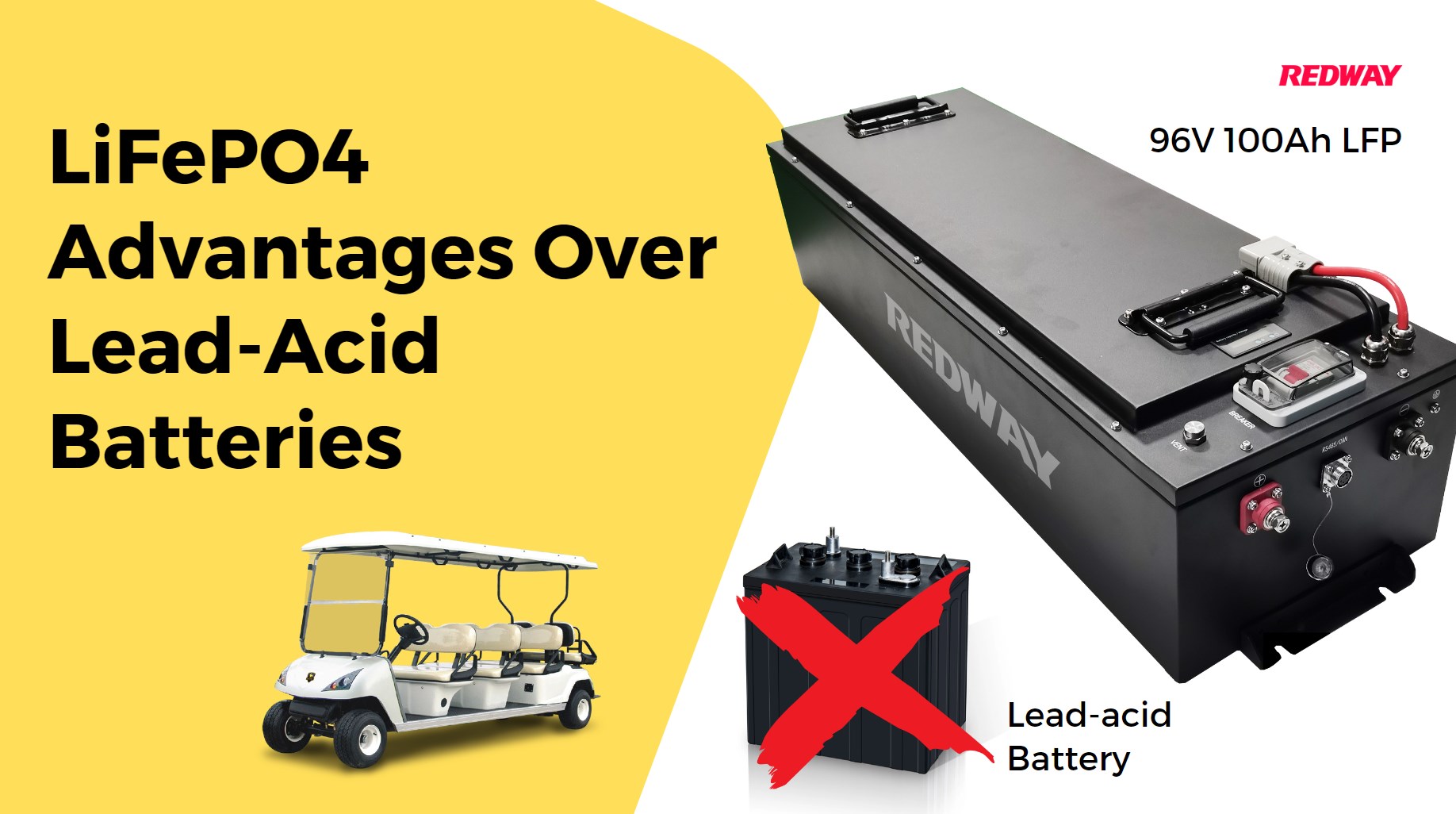Comparative Review: The Best LiFePO4 Batteries for RVs in 2024
As the demand for efficient and reliable power sources in recreational vehicles (RVs) continues to rise, LiFePO4 (Lithium Iron Phosphate) batteries have become the preferred choice among RV enthusiasts. In 2024, several brands stand out in the market, offering diverse features to meet various needs. In this comprehensive review, we will compare some of the best LiFePO4 batteries for RVs, focusing on their performance, price, and unique attributes.
The best LiFePO4 batteries for RVs in 2024 include options that excel in capacity, weight, price, and warranty. When selecting a battery, consider your usage needs and budget. Top brands are known for their durability and efficiency, making them ideal for RV owners seeking reliable power solutions.
1. Battle Born LiFePO4 Battery 100Ah
Key Features:
- Capacity: 100Ah
- Weight: 29 lbs
- Cycle Life: 3,000+ cycles
- Warranty: 10 years
Performance: Battle Born is renowned for its high-quality products, and their 100Ah LiFePO4 battery is no exception. With a robust BMS to prevent overcharging and overheating, it ensures optimal safety and longevity. The lightweight design makes it easy to install in various RVs.
Price: Approximately $999
2. Renogy LiFePO4 Battery 100Ah
Key Features:
- Capacity: 100Ah
- Weight: 26.5 lbs
- Cycle Life: 4,000 cycles
- Warranty: 5 years
Performance: Renogy’s LiFePO4 battery provides excellent performance with a longer cycle life compared to many competitors. Its compact design allows for versatile installation options. The built-in BMS enhances safety and efficiency, making it a reliable choice for any RV setup.
Price: Approximately $799
3. Aims Power LiFePO4 Battery 100Ah
Key Features:
- Capacity: 100Ah
- Weight: 29 lbs
- Cycle Life: 2,000 cycles
- Warranty: 5 years
Performance: Aims Power offers a solid option with a straightforward design and reliable performance. Although its cycle life is shorter than others on this list, it provides a great balance between cost and functionality. The battery’s durable casing ensures protection against environmental factors, making it suitable for various conditions.
Price: Approximately $699
4. Victron Energy Smart LiFePO4 Battery 100Ah
Key Features:
- Capacity: 100Ah
- Weight: 28.6 lbs
- Cycle Life: 5,000 cycles
- Warranty: 5 years
Performance: Victron Energy’s offerings are known for their cutting-edge technology. This model features built-in Bluetooth for easy monitoring via a smartphone app. With an impressive cycle life and efficiency, this battery is a top contender for tech-savvy RV users.
Price: Approximately $1,199
5. Lion Energy Safari UT 1300
Key Features:
- Capacity: 100Ah
- Weight: 34 lbs
- Cycle Life: 2,000 cycles
- Warranty: 5 years
Performance: The Lion Energy Safari UT 1300 stands out for its user-friendly design. Although it is slightly heavier, it compensates with robust performance. The battery is designed to withstand extreme temperatures, ensuring reliability during adventurous outings.
Price: Approximately $899
Comparative Analysis
| Brand | Capacity | Weight | Cycle Life | Warranty | Price |
|---|---|---|---|---|---|
| Battle Born | 100Ah | 29 lbs | 3,000+ | 10 years | $999 |
| Renogy | 100Ah | 26.5 lbs | 4,000 | 5 years | $799 |
| Aims Power | 100Ah | 29 lbs | 2,000 | 5 years | $699 |
| Victron Energy | 100Ah | 28.6 lbs | 5,000 | 5 years | $1,199 |
| Lion Energy Safari UT | 100Ah | 34 lbs | 2,000 | 5 years | $899 |
Conclusion
Choosing the right LiFePO4 battery for your RV in 2024 requires careful consideration of your specific needs, including weight, capacity, cycle life, and budget. The Battle Born and Victron Energy options stand out for their longevity and advanced features, while Renogy offers excellent value. Aims Power provides a cost-effective solution, and Lion Energy appeals to users seeking durability in challenging conditions.
Regardless of your choice, investing in a quality LiFePO4 battery will enhance your RV experience by providing reliable, efficient power for all your adventures. For tailored solutions and quick quotes, contact Redway Battery, your trusted provider of custom lithium solutions!
Latest News
- Product Reviews Released: Comprehensive reviews have emerged comparing top-performing LiFePO4 batteries specifically designed for RV applications.
- Consumer Preferences Highlighted: Users are increasingly favoring brands known for durability, warranty offerings, and customer support.
- Market Innovations Noted: New entrants into the market are focusing on delivering higher energy densities at competitive prices.
Redway Expert Comment
“The best LiFePO4 batteries for RVs combine durability with excellent performance metrics tailored specifically for mobile applications. When evaluating options, consider factors like warranty length, customer support availability, and real-world user reviews. As an expert in lithium technologies, I encourage potential buyers to prioritize quality over price; investing in a reliable battery will pay off significantly during your travels.”




